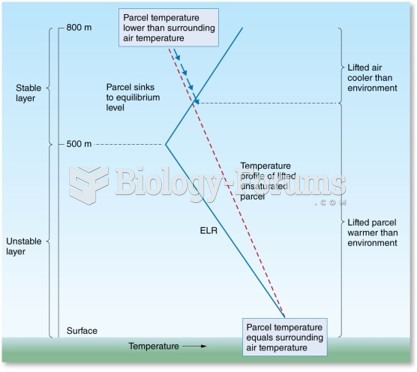Answer to Question 1
Discuss the potential benefits and risks/limitations of diagnosis.
a. potential benefits
i. provides a consistent framework and set of criteria for naming and describing mental disorders
ii. Enable counselors to understand client symptoms and anticipate course of a disorder
iii. Enables counselors to make use of growing body of research on treatment effectiveness
iv. provides a common language for mental health professionals, which facilitates parity, credibility, communication, and collaboration.
b. potential risk/limitations
i. Can be stigmatizing and lead to misperceptions of the person
ii. Part of the medical-illness cure tradition and not consistent with a holistic, developmental approach
iii. Historically contingent and socially constructed, not absolute reality
iv. Can lead to pathologizing the client in that he or she is viewed as the disorder
v. May have negative impact on people's ability to obtain insurance and, in some cases, affect employment opportunities
vi. Steeped in Western concept of mental health. May not be relevant to people of other cultures
vii. Puts the focus of treatment on the individual rather than the family or social system
Answer to Question 2
Describe seven of the thirteen principles outlined by Hood and Johnson (2007) to help counselors conduct assessments skillfully.
a. Answers may include seven of the following thirteen principles:
i. Determine purpose of assessment.
ii. Involve the client in selecting areas to be assessed and in the interpretation of assessment results.
iii. Be sure that the instruments demonstrate tests trustworthiness.
iv. Never rely on a single assessment tool.
v. Consider the possibility of multiple issues
vi. Assess the client's environment.
vii. Evaluate client strengths, as well as concerns.
viii. Consider alternative hypotheses.
ix. Be aware of cultural and personal biases that may influence decisions.
x. Consider the influence of individual factors (e.g., age, gender).
xi. Consult with other professionals on a regular basis
xii. Provide feedback about assessment results to clients







